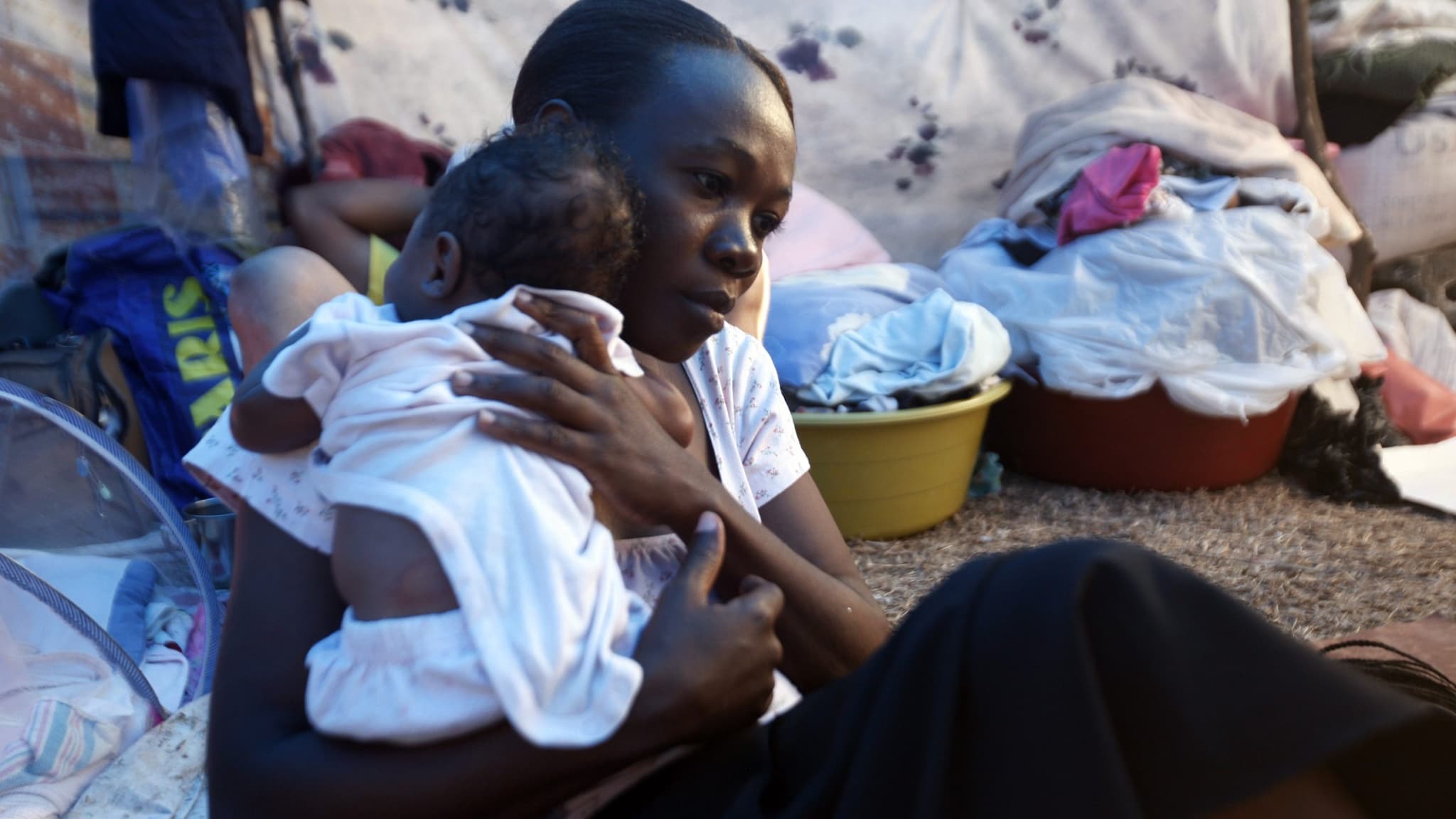What to know
These resources can help states, communities, programs, and emergency responders improve their capacity to address infant and young child feeding needs in emergencies. The information can be used through the preparedness, response, and recovery phases of emergencies.

Infant and young child feeding
Infants and young children are vulnerable during emergencies. Taking steps to ensure they are safely and appropriately fed can help keep them healthy.
Infant feeding
Infants are fed in various ways, all of which need to be considered when planning for and responding to an emergency. Some infants may be exclusively breastfed, while others may receive both breast milk and infant formula or only infant formula. Other infants may receive expressed breast milk, but not be fed directly at the breast. Some infants require specialized infant formulas and enteral tube feeds or total parenteral nutrition, which requires specialized knowledge and equipment and a power source. After the age of about 6 months, infants may also eat solid foods in addition to breast milk or infant formula.
Breastfeeding
Breastfeeding remains the safest infant feeding option in a natural disaster situation. Breast milk helps protect babies from diseases such as diarrhea and respiratory infections. This protection is especially important during natural disasters when contaminated water and unsanitary environments can increase disease risk. Breast milk also provides the calories and nutrients babies need. Breastfeeding mothers may need additional support from emergency responders to continue breastfeeding.
Formula feeding
Parents and caregivers of formula-fed infants may not have access to safe water, electricity, gas, or cleaning supplies during an emergency. This may affect their ability to safely prepare infant formula or clean infant feeding items like bottles, nipples, and cups. These challenges increase the risk of serious illness for infants who are fed infant formula during emergencies.
Young child feeding
Parents and caregivers of young children face similar issues during emergencies. They may not have access to safe water, electricity, gas, or cleaning supplies. This may affect their ability to safely clean cups, utensils, and plates used to feed young children.
Emergency preparedness, response, and recovery
Infant and young child feeding information should be coordinated and integrated into emergency preparedness and response efforts for all maternal and child health populations. The following sections provide resources for best practices for infant and young child feeding during each phase:
